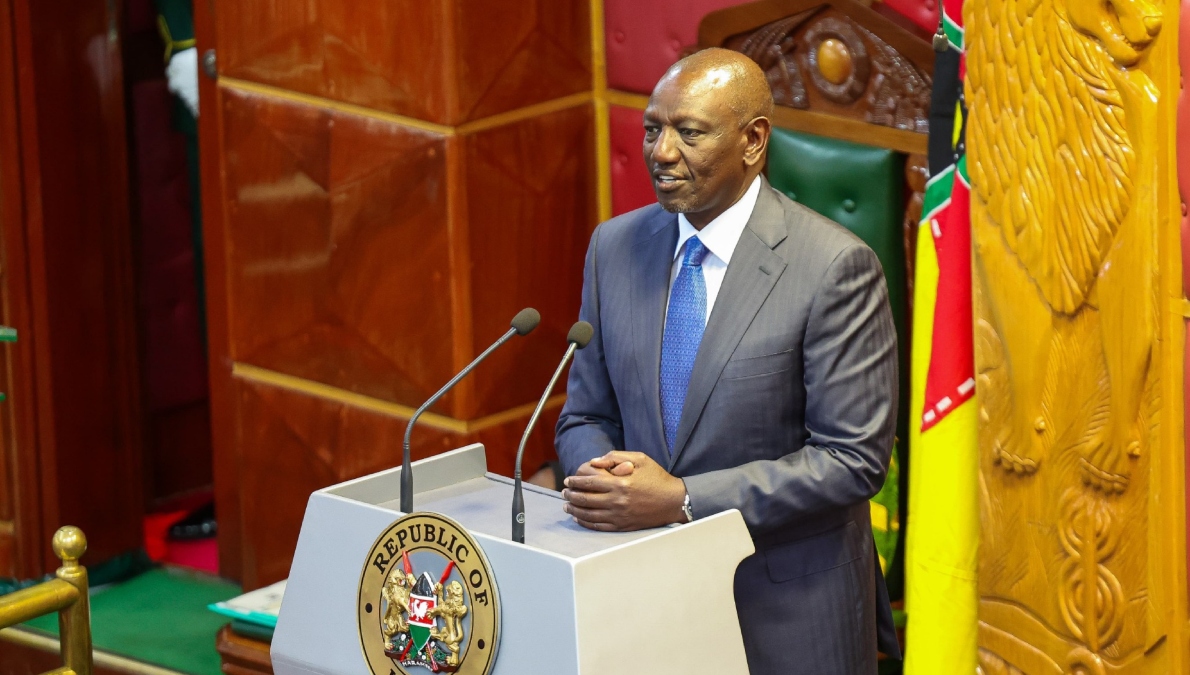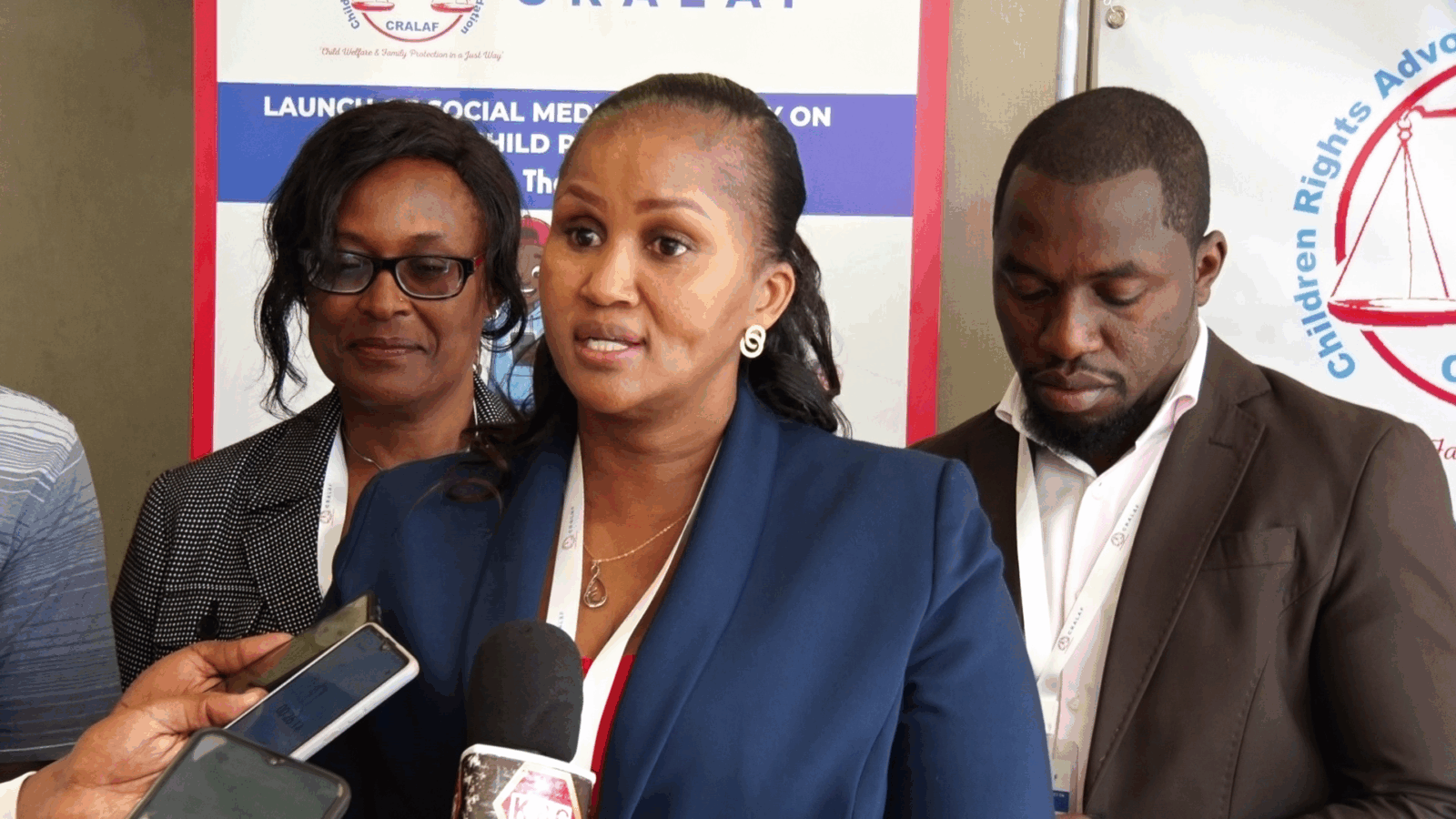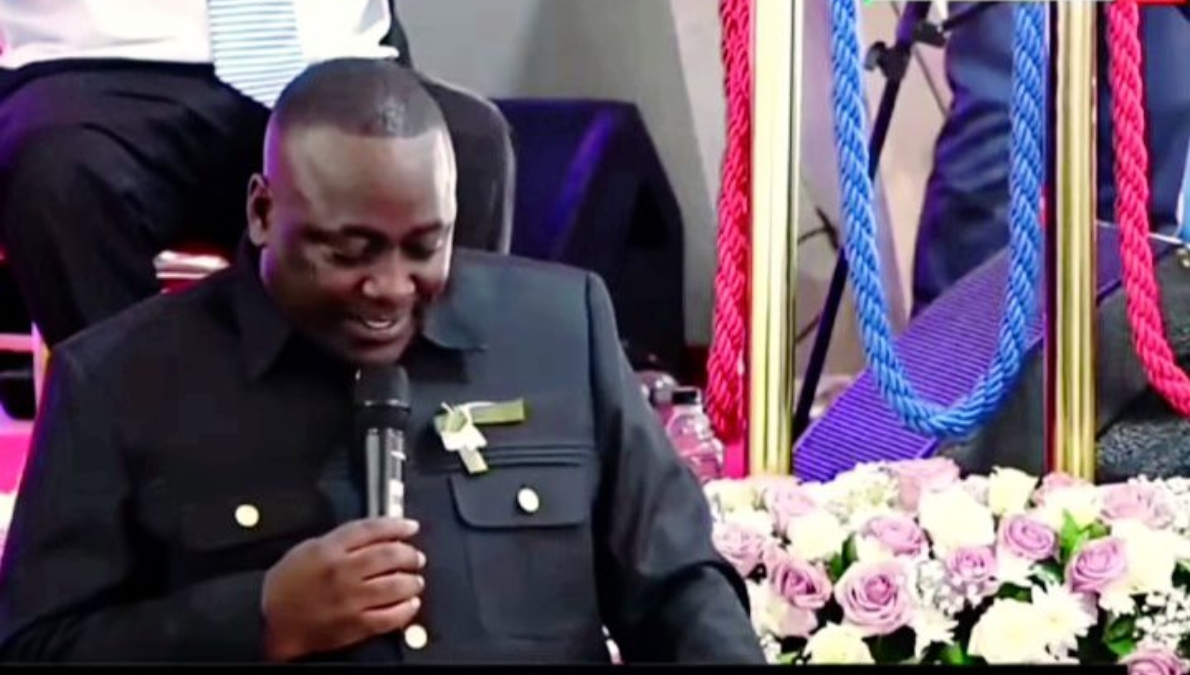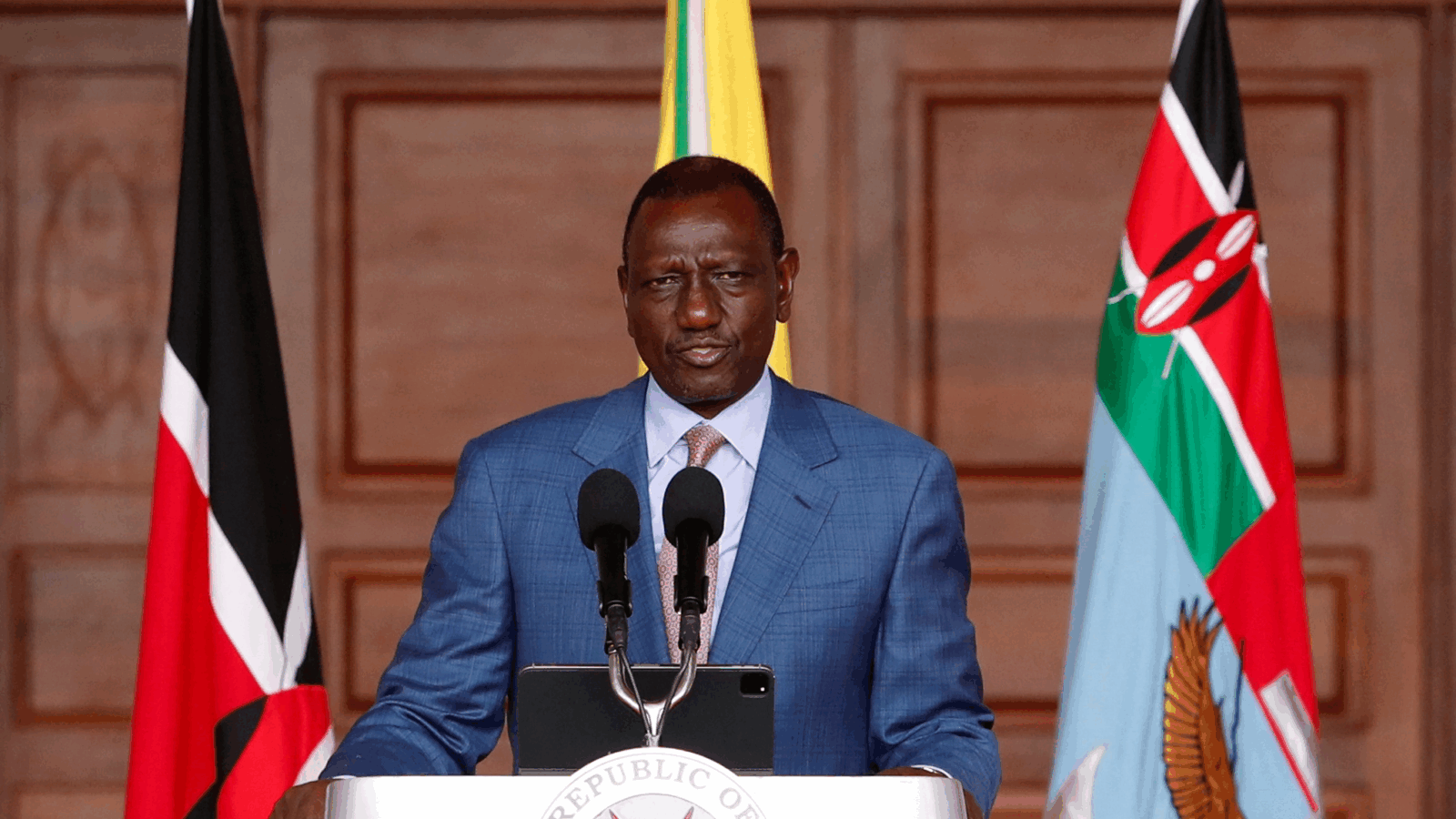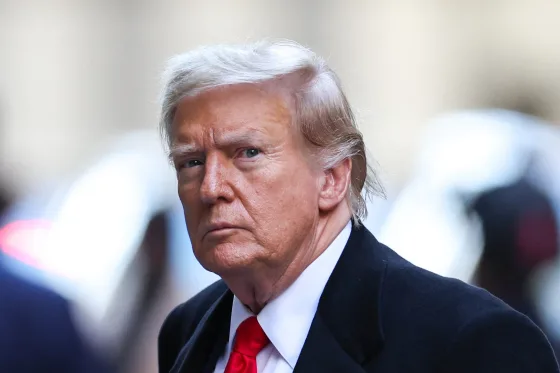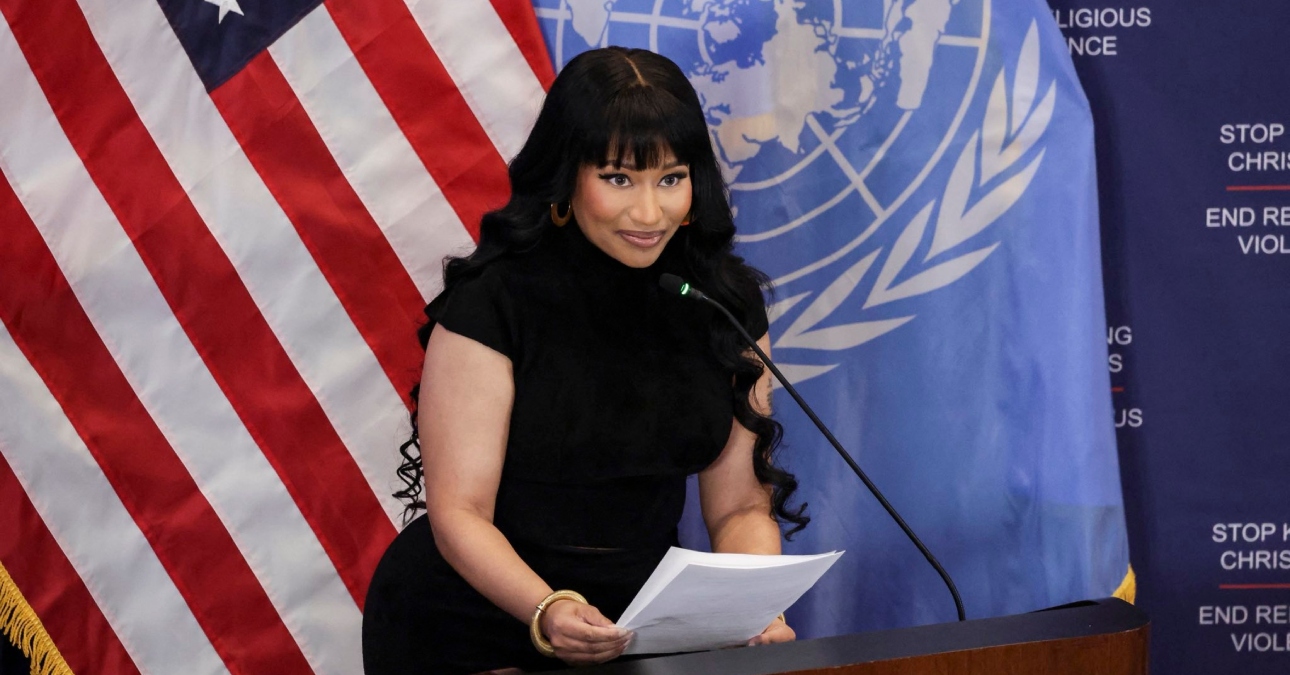President William Ruto delivered his State of the Nation Address on November 20, 2025, moving beyond a simple report on progress and setting out a bold plan to transform Kenya from a developing country into a developed one.
Speaking at a joint sitting of the National Assembly and the Senate, the President outlined a story of hard-won progress in the economy, agriculture, and social sectors over the past three years.
The President detailed how the economy has been stabilised since 2022, when the country faced a dollar shortage, high debt, and waning confidence. He stated that by eliminating subsidies and restoring fiscal discipline, the economy is now on a path to recovery.
The President highlighted that the shilling, “once in a perilous downward spiral,” has stabilised at KSh 129 to the dollar for nearly two years.
“Today, the evidence is clear, evidence of promises made and promises kept. In just three years, we have built not monuments of words, but foundations of progress.”
A major part of the address focused on agriculture, which the President called “the lifeline of our nation”. He reiterated the strategic decision to subsidise production rather than consumption.
Over 7.1 million farmers are now registered on the Kenya Integrated Agricultural Management Information System, up from fewer than 300,000 in 2022.
More than 21 million bags of affordable fertiliser have been distributed, saving farmers KSh 105 billion, and National maize harvests have risen from 44 million bags in 2022 to 67 million in 2024, with a projected 70 million bags this year.
This focus has led to direct relief for households, with the price of a 2kg packet of maize flour falling from KSh 250 in 2022 to as low as KSh 130 today.
The President reported on significant achievements in healthcare and education:
In Healthcare, the commitment to Universal Health Coverage (UHC) is taking shape, with reforms rooted in equity, 27 million Kenyans are now registered in the new Social Health Authority (SHA), more than triple the number under the former NHIF.
The government is paying premiums for 2.3 million vulnerable Kenyans, including orphans and the elderly, and SHA will enhance the Cancer Benefits Package from KSh 550,000 to KSh 800,000, effective December 1, 2025, to ensure patients can access uninterrupted treatment.
And in Education, the government has hired 76,000 teachers, with 24,000 more set to be brought in by January 2026, reaching a total of 100,000 teachers in three years.
Enrolment in TVETs (Technical and Vocational Education and Training) has nearly doubled, rising from 341,000 in 2022 to 718,000 as young Kenyans embrace technical trades, and nearly 500,000 students have benefited from the new Student-Centred Funding Model, which bases scholarships and loans on need and merit.
The President laid out a national project with four priorities to achieve the goal of becoming a developed nation which were Investing in education, skills, and science, this includes creating a dedicated State Department for Science, Research, and Innovation.
Transforming agriculture by expanding modern irrigation. The plan is to build at least 50 mega dams and 200 additional medium/small dams to bring 2.5 million acres under irrigation.
Generating an additional 10,000 MW in the next seven years to support large-scale industrialisation and modern technologies like data centres, and modernising seaports, airports, and highways. This includes mapping out 2,500 highways for dualing and 28,000 km of roads to be tarmacked in the next decade.
To fund this massive ambition without relying on unsustainable borrowing, the government is establishing the National Infrastructure Fund (NIF).
The NIF will ring-fence all proceeds from privatisation and reinvest them into new infrastructure and wealth-creating assets. The goal is a 1:10 multiplier, attracting ten shillings from long-term investors (like pension funds) for every one shilling invested from privatisation proceeds.
The fund will have three pillars: Savings, a Stabilisation buffer against global shocks, and Infrastructure investment.
“The National Infrastructure Fund is therefore more than a financing tool. It is a generational strategy, preserving value, mobilising capital, accelerating delivery, and ensuring Kenya becomes stronger, wealthier, and more competitive.”


